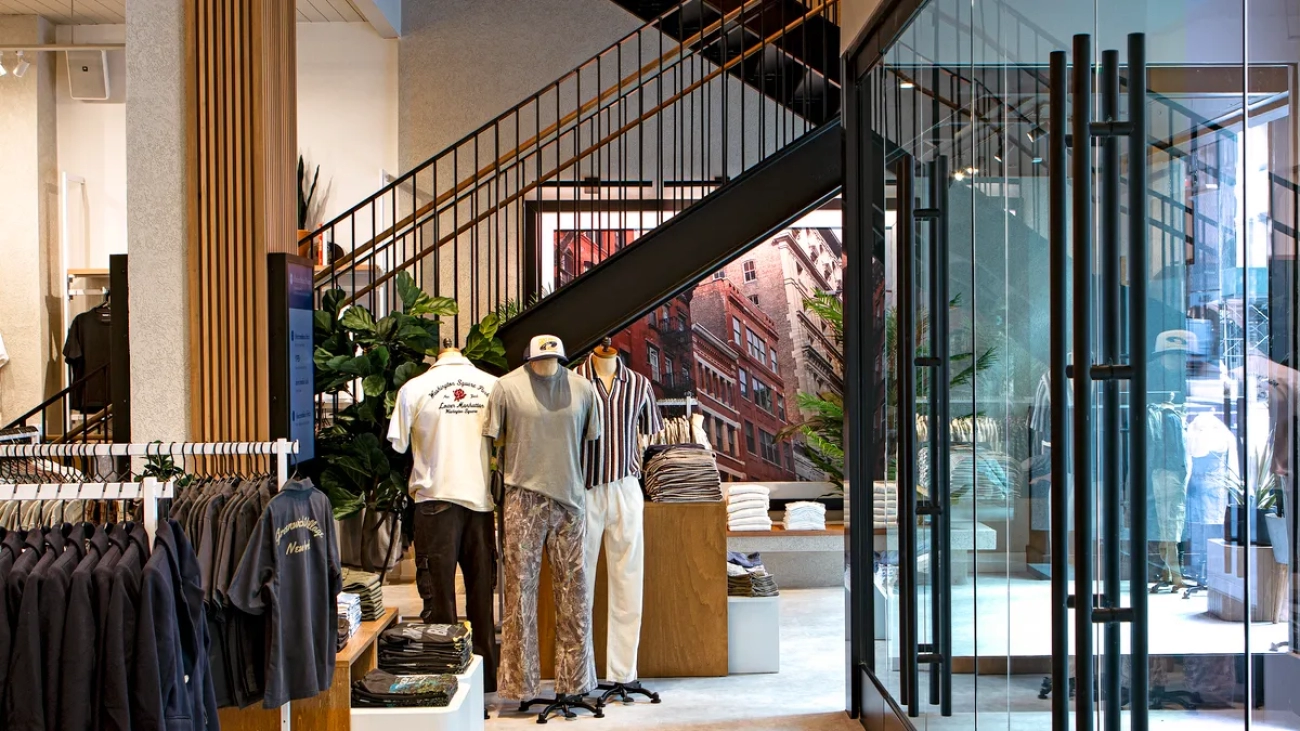As you walk through the mall, you may notice a familiar storefront that has undergone a significant transformation. Abercrombie & Fitch, once synonymous with preppy teen fashion, has evolved dramatically over the decades. From its humble beginnings as an outdoor gear retailer to its controversial peak in the early 2000s, and now its current reinvention, the brand’s journey mirrors the ever-changing landscape of American fashion. In this article, you’ll explore the fascinating evolution of Abercrombie & Fitch’s style, examining how societal shifts, cultural movements, and changing consumer preferences have shaped the iconic brand’s identity throughout its storied history.
The Early Days: Abercrombie & Fitch’s Preppy Origins
From Outdoor Outfitter to Campus Icon
Abercrombie & Fitch’s journey began in 1892 as a high-end sporting goods and outdoor equipment retailer. However, the brand’s transformation into a fashion powerhouse started in the 1990s under the leadership of CEO Mike Jeffries. This era marked the birth of A&F’s signature preppy aesthetic that would dominate college campuses for years to come.
Defining the All-American Look
The brand’s reimagining centered around a distinct “collegiate prep” style. A&F’s clothing lines featured classic American staples: polo shirts, chino shorts, and cable-knit sweaters. These pieces were often adorned with the iconic moose logo, becoming instantly recognizable symbols of the brand’s identity.
Marketing to the “Cool Kids”
Abercrombie & Fitch’s early success wasn’t just about the clothes—it was about selling an aspirational lifestyle. The brand’s marketing strategy focused on creating an exclusive image, targeting the “cool kids” and those who aspired to be them. This approach, while controversial, helped cement A&F’s status as a must-have label for fashion-conscious youth in the late 1990s and early 2000s.

Rebranding in the 90s: Edgy and Controversial Marketing
The Rise of Provocative Imagery
In the 1990s, Abercrombie & Fitch underwent a dramatic transformation, shifting from its outdoorsy roots to a provocative, youth-oriented brand. Under the leadership of CEO Mike Jeffries, the company embraced a bold marketing strategy that would define its image for years to come. Controversial advertisements featuring scantily-clad models and sexually suggestive themes became the norm, sparking both outrage and intrigue among consumers.
Cultivating an Exclusive Image
A&F’s rebranding efforts extended beyond its advertising. The company meticulously crafted an air of exclusivity, targeting a specific demographic of young, attractive, and predominantly white consumers. This approach was reflected in their hiring practices, store layouts, and even the strong, signature scent that permeated their locations. While controversial, this strategy initially proved successful, propelling A&F to the forefront of teen fashion and cementing its status as a cultural icon of the late 90s and early 2000s.

A Return to Classic Style in the 2010s
Embracing Timeless Elegance
As the 2010s dawned, Abercrombie & Fitch made a strategic pivot back to its roots, embracing a more refined and classic aesthetic. This shift marked a departure from the provocative imagery and loud logos that had defined the brand in previous decades. Instead, A&F began to focus on timeless pieces that appealed to a more mature audience seeking quality and sophistication.
Quality-Driven Approach
The brand’s renewed emphasis on quality became evident in their product offerings. Premium fabrics, improved construction, and attention to detail became hallmarks of A&F’s clothing line. This commitment to craftsmanship resonated with consumers who were increasingly prioritizing durability and value over fleeting trends.
Subtle Branding and Versatile Designs
Gone were the days of oversized logos and flashy graphics. A&F’s new approach favored subtle branding and versatile designs that could seamlessly transition from casual to more polished looks. This shift allowed the brand to appeal to a broader demographic, including young professionals seeking adaptable wardrobe staples.


Leave A Comment